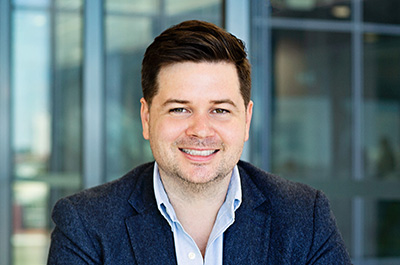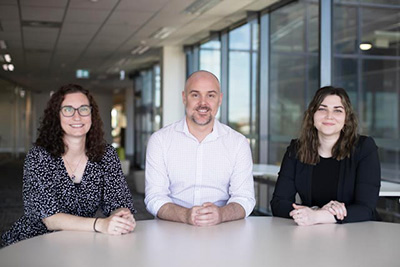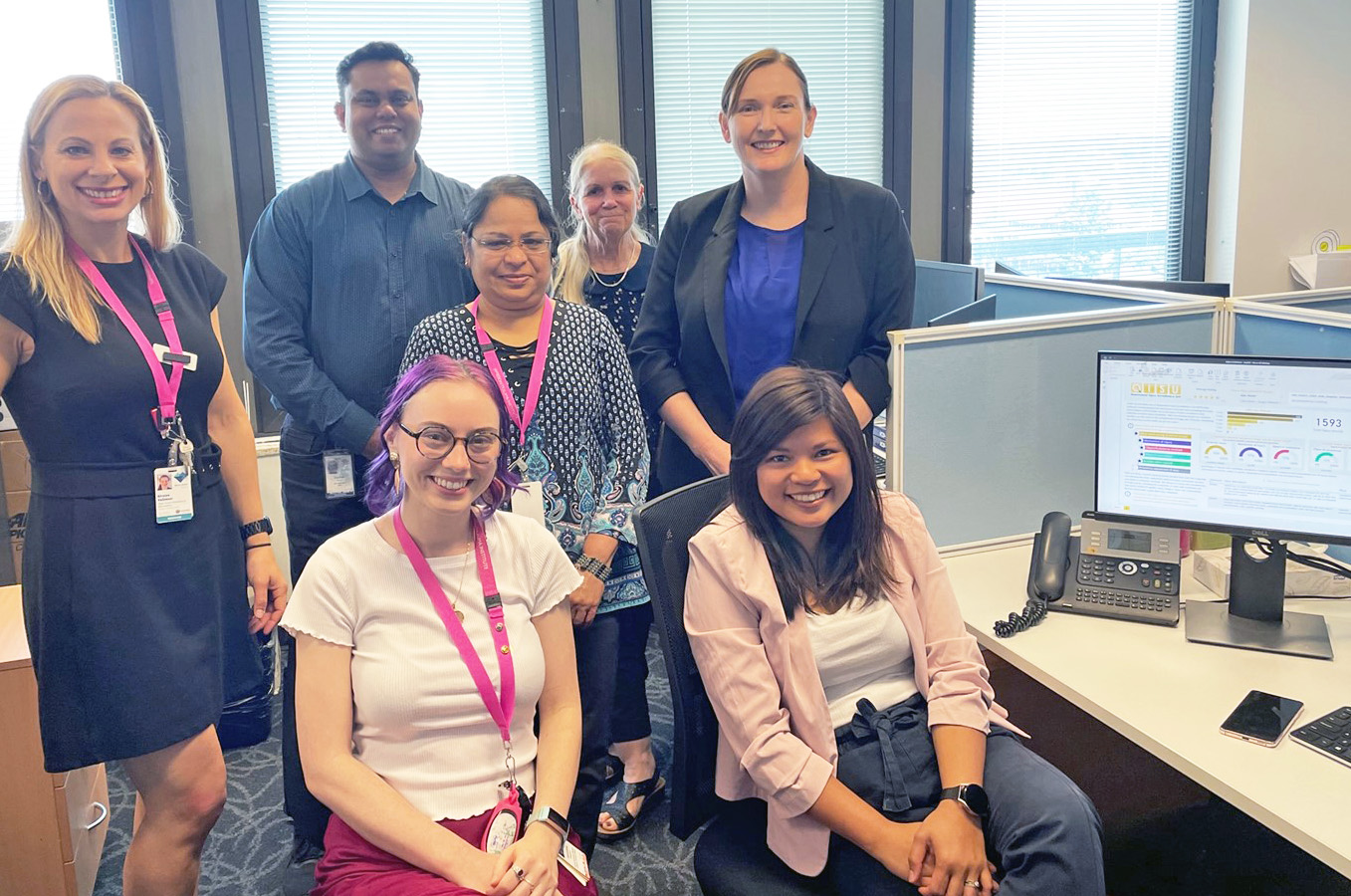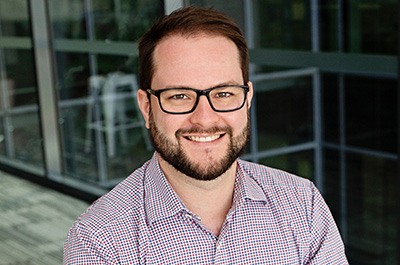12th Health Services Research Conference (HSRAANZ)
The AusHSI Research Team had a strong presence at the 12th Health Services Research Conference. Delegates explored themes of resilience, innovation and value, and the role of HSR in embedding these principles into our health systems.













